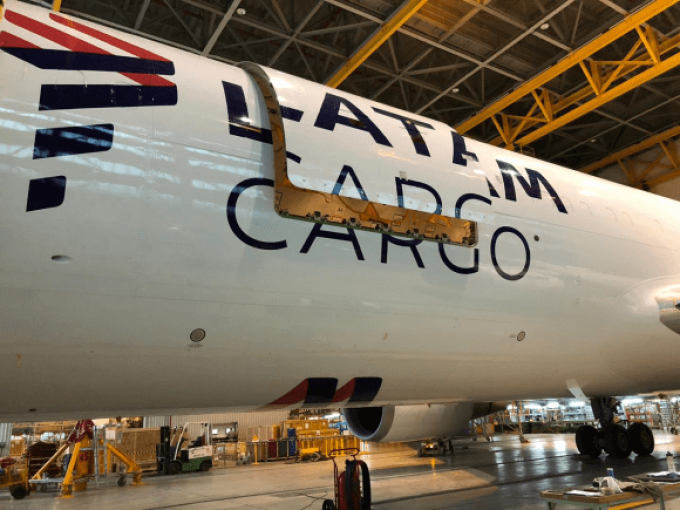The Loadstar Podcast | May 2025 | Tom Bradley of Amazon Air Cargo talks tradelanes, tech – and tariffs
In this interview podcast, Charlotte Goldstone chats with Tom Bradley, director and GM for Amazon ...

The three largest air cargo carriers from Latin America are preparing to end their time in bankruptcy protection.
After LATAM, the region’s biggest player, filed its restructuring plan last Friday, the parent of Aeromexico submitted its revamped reorganisation proposal five days later.
Meanwhile, Avianca had announced that ...


Comment on this article